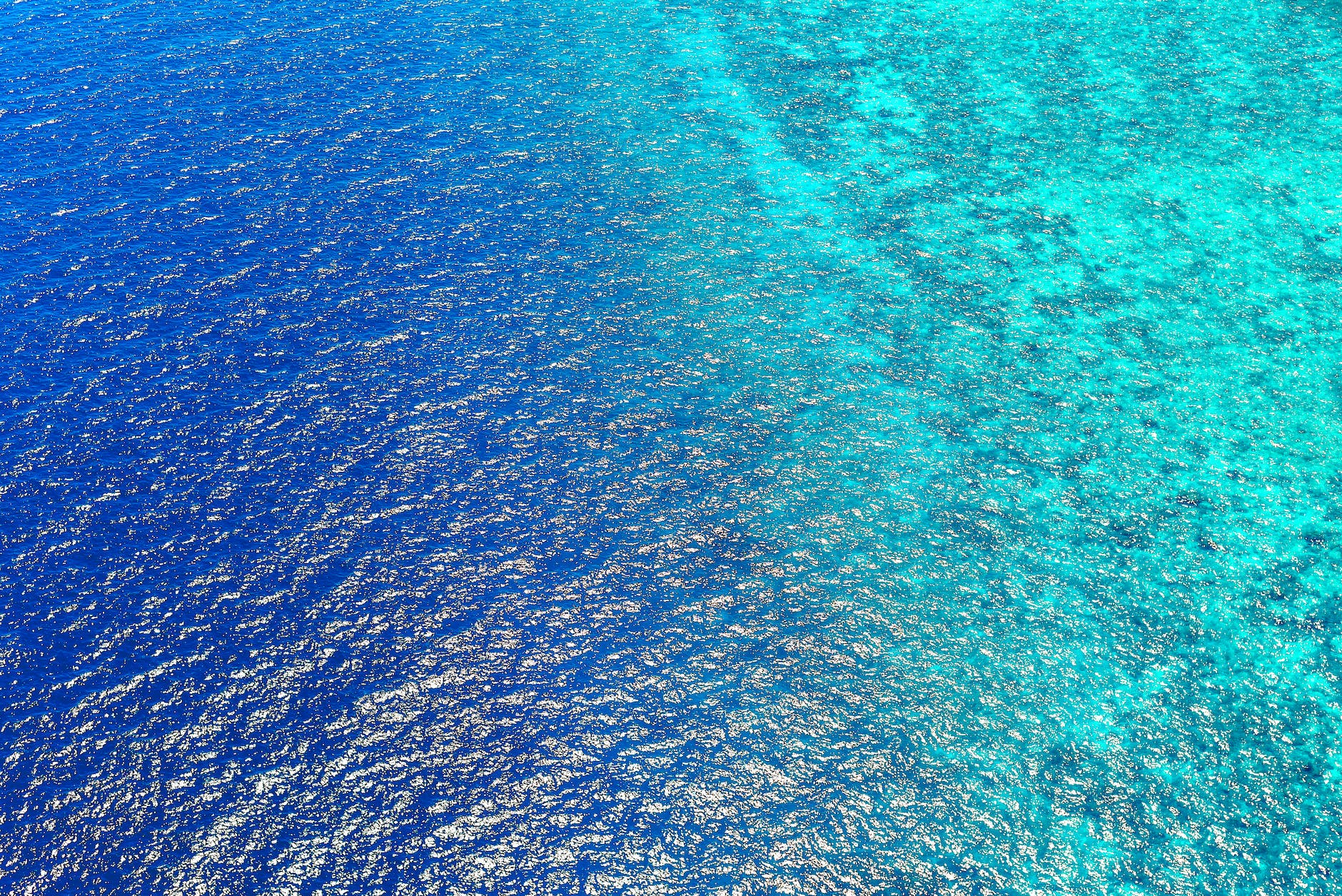“Nanopore sequencing of wild virus particles reveals previously undetected phage and phage-parasitizing elements” was the title of the London Calling 2023 session Ed DeLong from the University of Hawaii at Manoa did. They began with an explanation of how phages affect algae and carbon cycles in the ocean. Some viruses can cause aggregation and different effects. The ocean, DeLong noted, stores ~25% annual anthropogenic carbon emissions! The influence of viral life cycles on carbon delivery is significant. However, DeLong noted that assembly of viruses from the environment is challenging. DeLong worked with Oxford Nanopore Technologies to create a workflow to concentrate phage from sea water and obtain full virus genomes. The sequences they obtained were often the size of virus genomes. The team found integrases in the sequences. DeLong explained that they postulated that the sequences were phage satellites: “mobile genetic elements that “hijack” phage reproduction.” Their workflow starts by purifying phage followed by ONT sequencing, and then identify sequencing. New phage satellites were found in a single seawater sample. Tyrosine integrases could be analyzed to develop phylogenetic trees of marine phages. DeLong called phage satellites “The New Pirates of the Sea!” that seem to be abundant and parasites of the parasites. The team continues to learn about the impact of phag satellites on phage populations. I didn’t know about phage satellites! I wonder if we are detecting phage satellites on other samples! DeLong’s team found two thousand new phage satellites from one sample!



